Plate tectonics: When we discovered how the Earth really works
- Published
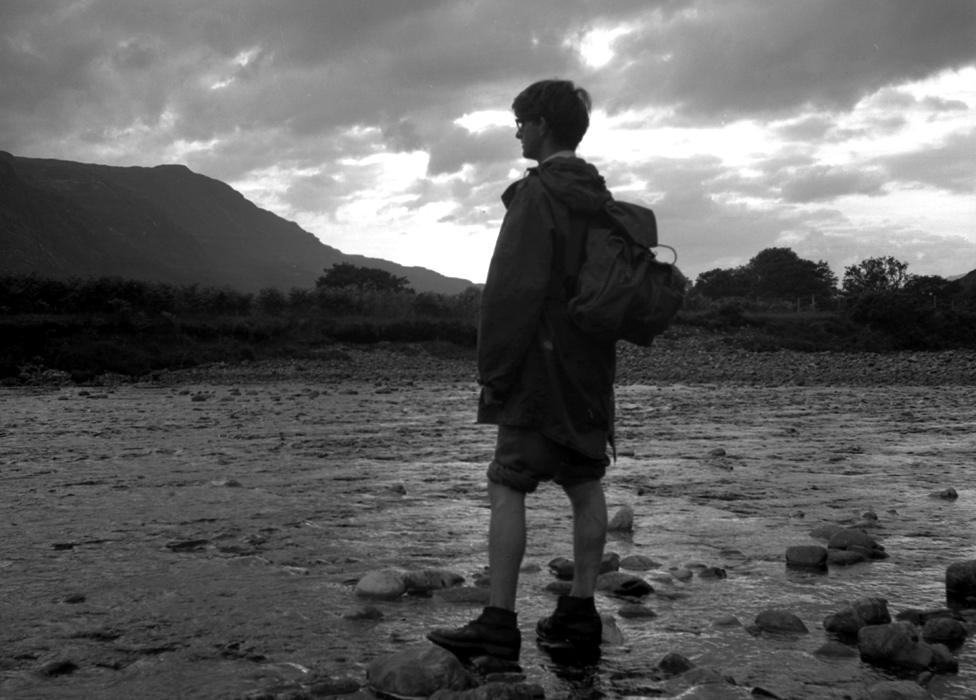
Dan McKenzie: The young scientists of the 1960s sought answers that had eluded their elders
What would you put on your list of the great scientific breakthroughs of the 20th Century?
General relativity? Quantum mechanics? Something to do with genetics, perhaps?
One discovery that ought to be on everyone's rundown is plate tectonics - the description of how the rigid outer shell of our planet (its lithosphere) moves and is recycled.
The theory celebrates its 50th anniversary this year and some of the key players who put the framework together are currently in London to mark the occasion with a special conference at The Geological Society, external.
The truly great ideas in science not only seem brilliantly simple and intuitive when they come into focus, they also then have this extraordinary power to answer so many other questions in Nature.
Plate tectonics is a perfect example of this.

It tells us why the Himalayas are so tall; why Mexico experiences damaging earthquakes; why Australia developed a diverse group of marsupials; and why Antarctica went into a deep freeze.
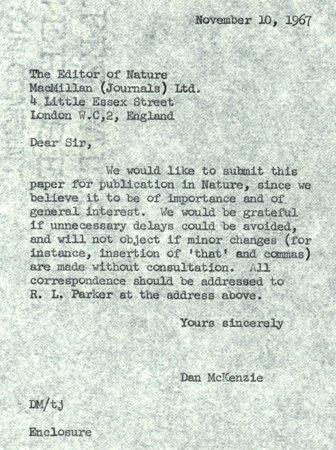
But when you're on the inside of the bubble, trying to make all the pieces of evidence fit into a coherent narrative - the solution seems very far from obvious.
"We had no idea what were the cause of earthquakes and volcanoes and things like that," recalls Dan McKenzie. "It's extraordinarily difficult now to put yourself back into the state of mind that we had when I was an undergraduate. And of course, the ideas I came up with are now taught in primary school."
McKenzie is regarded as one of the architects of modern plate tectonics theory, external.
In 1967, he published a paper in the journal Nature, external called "The North Pacific: An Example of Tectonics on a Sphere" with Robert Parker, another Cambridge University graduate.
It drew on a rash of post-war discoveries to paint a compelling picture of how the sea floor in that part of the globe was able to move, much like a curved paving stone, initiating earthquakes where it interacted with the other great slabs of solid rock covering the Earth.
Dan McKenzie: "It really changed the whole of the Earth sciences"
Although seen as an "aha!" moment, it was actually a long run-up to that point with a group of committed scientists all sprinting and dipping for the line in 1966/67/68.
The story goes back to 1915 to Alfred Wegener, the German polar explorer and meteorologist, who we most associate with the idea of continental drift.
Wegener could see that the continents were not static, that they must have shifted over time, and that the coastlines of South America and Africa looked a suspiciously snug fit, as if they were once joined together. But he couldn't devise a convincing mechanism to drive the motion.
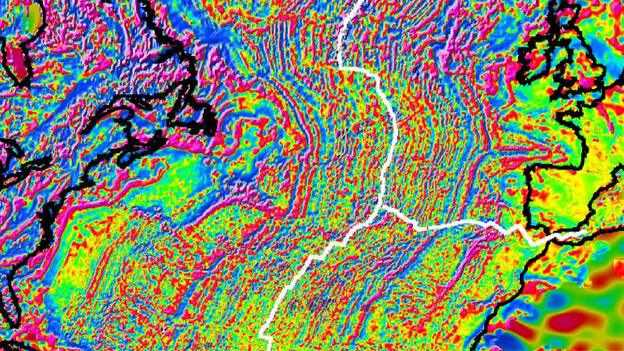
The striped pattern of magnetised rock spreading away from the Mid-Atlantic Ridge
Things really had to wait for WWII and the technologies it spawned, such as echosounders and magnetometers. Developed to hunt down submarines and to find mines, these capabilities were put to work in peacetime to investigate the properties of the sea floor. And it was these investigations that revealed how plates are made at mid-ocean ridges and destroyed at their margins where they underthrust the continents.
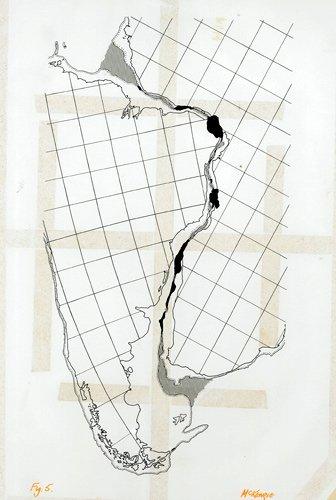
Post-war computers were used to show South America and Africa really did match up
“Plate tectonics really comes from the oceans. It was when we discovered the oceanic ridges, subduction zones and transform faults, and so forth,” said John Dewey from Oxford University, another of those sprinting scientists. “In the sixties, there was this massively increased knowledge through oceanographic expeditions.
"Until that time we’d been looking down microscopes at thin sections of rock, looking at faults and outcrops on land. And every now and then we’d be lucky enough to find some component of plate tectonics, but we didn’t know it was plate tectonics because we didn’t have the oceans. Without the oceans, you have nothing," he told the BBC's Science In Action programme.
One of the key observations was that of sea-floor spreading - the process that creates new crust at the ridges from upwelling magma.
As the rock cools and moves away from a ridge, it locks into its minerals the direction of Earth's magnetic field. And as the field reverses, as it does every few hundred thousand years, so does the polarity in the rocks, presenting a zebra-like, striped pattern to traversing research ships and their magnetometers.
In 1967, all roads led to the spring meeting of the American Geophysical Union. Some 70 abstracts (summaries of research) were submitted on sea-floor spreading alone. A heady time, it must have been.
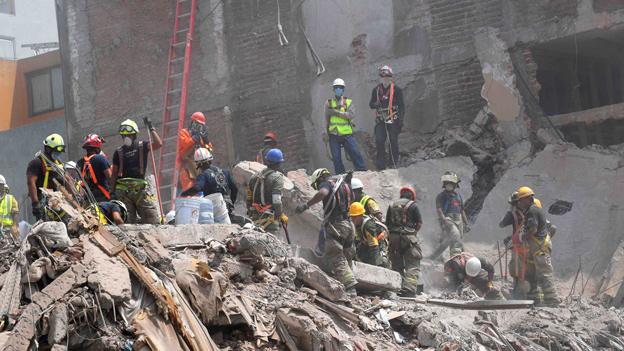
Mexico: Plate tectonics explains where earthquakes should occur
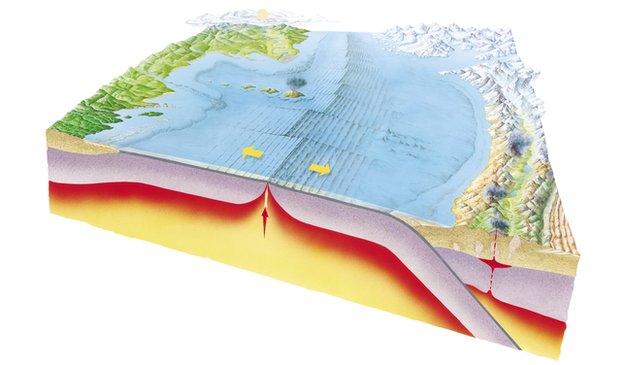
Artwork: New ocean rock is formed at central ridges (red arrow). This leads to sea-floor spreading (yellow arrows) and the drifting apart of the continents. At right is an active continental margin, where the oceanic rock descends into the Earth's interior. The downward pull is a key driver
The coherent narrative of plate tectonics was about to fall rapidly into place. McKenzie's paper was published in December that year. Concurrently, other researchers were extending the model to describe all the other plates.
As to the mechanism that eluded Wegener, scientists can now see how the weight of underthrusting plates plays such a major role in driving the whole system.
Much as the slinky dog needs no encouragement once it has started its journey downstairs, so the descending rock appears to have an unstoppable momentum.
Tony Watts, an Oxford geologist and a convener of this week's Plate Tectonics at 50 conference, explains: “We know that the fastest moving plates, the ones spreading the fastest, have very long slabs, long pieces of lithosphere, that are going under at ocean trenches.
"So, it looks as though something called ’trench pull’ is a very important force and it’s generally agreed to be larger than 'ridge push'. Of course, everything is connected in the deep mantle through convection, but trench pull does seem to be key."
Nothing is ever done and dusted in science. There is still a lively debate for example about precisely when and how plate tectonics got going on Earth. More than four billion years ago as the result of asteroid impacts, argued one recent Nature Geoscience paper, external.
Today, we have extraordinary tools such as GPS and satellite radar interferometry that allow us to watch the march of the plates, millimetre by millimetre. Even more remarkable is the technique of seismic tomography, external, which uses the signals of earthquakes to build 3D visualisations of sunken rock slabs.
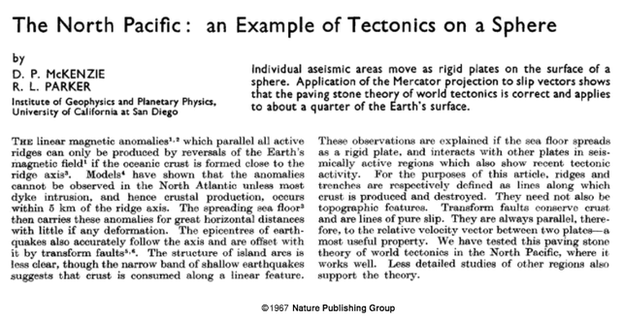
"Plate tectonics was a revolution. I’m a geologist, so I would say that," Tony Watts told BBC News.
"Looking back, the history of geology is very long. The Geological Society was founded in 1807, so plate tectonics came really late in its history. But it needed the right technologies and a relatively small group of scientists from strongly led institutions to make it happen.
"The other thing to remember is how young some of these scientists were: Dan McKenzie had only just finished his PhD thesis."
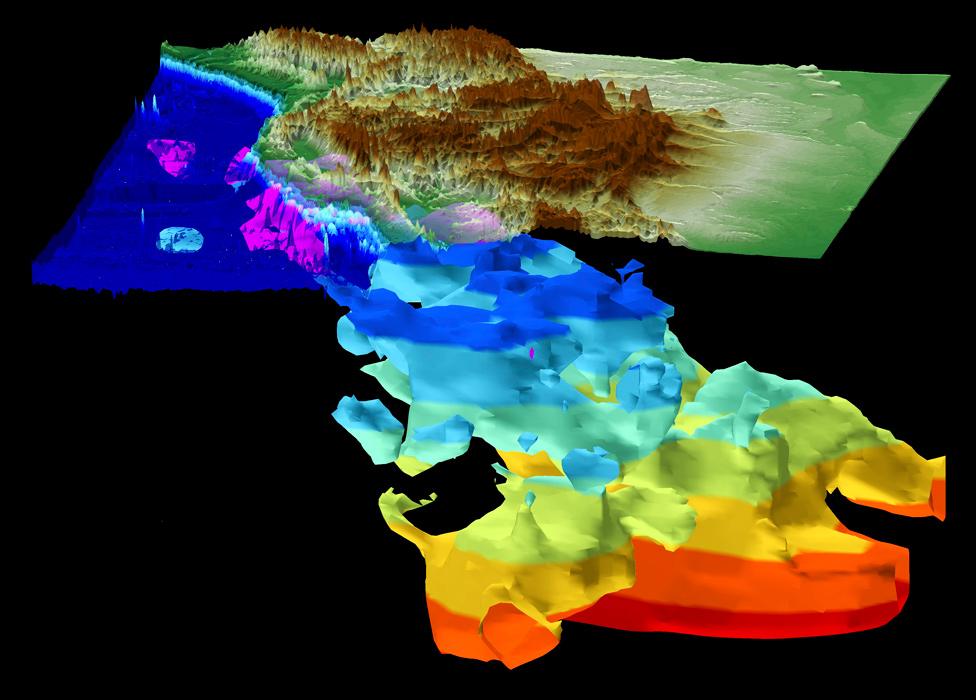
Scientists now use seismic waves to make 3D visualisations of the plates
The Geological Society has set up a website, external that archives many resources related to Dan McKenzie and the theory of plate tectonics. The BBC World Service Science In Action programme this week will talk to attendees at the London conference.
Jonathan.Amos-INTERNET@bbc.co.uk, external and follow me on Twitter: @BBCAmos, external